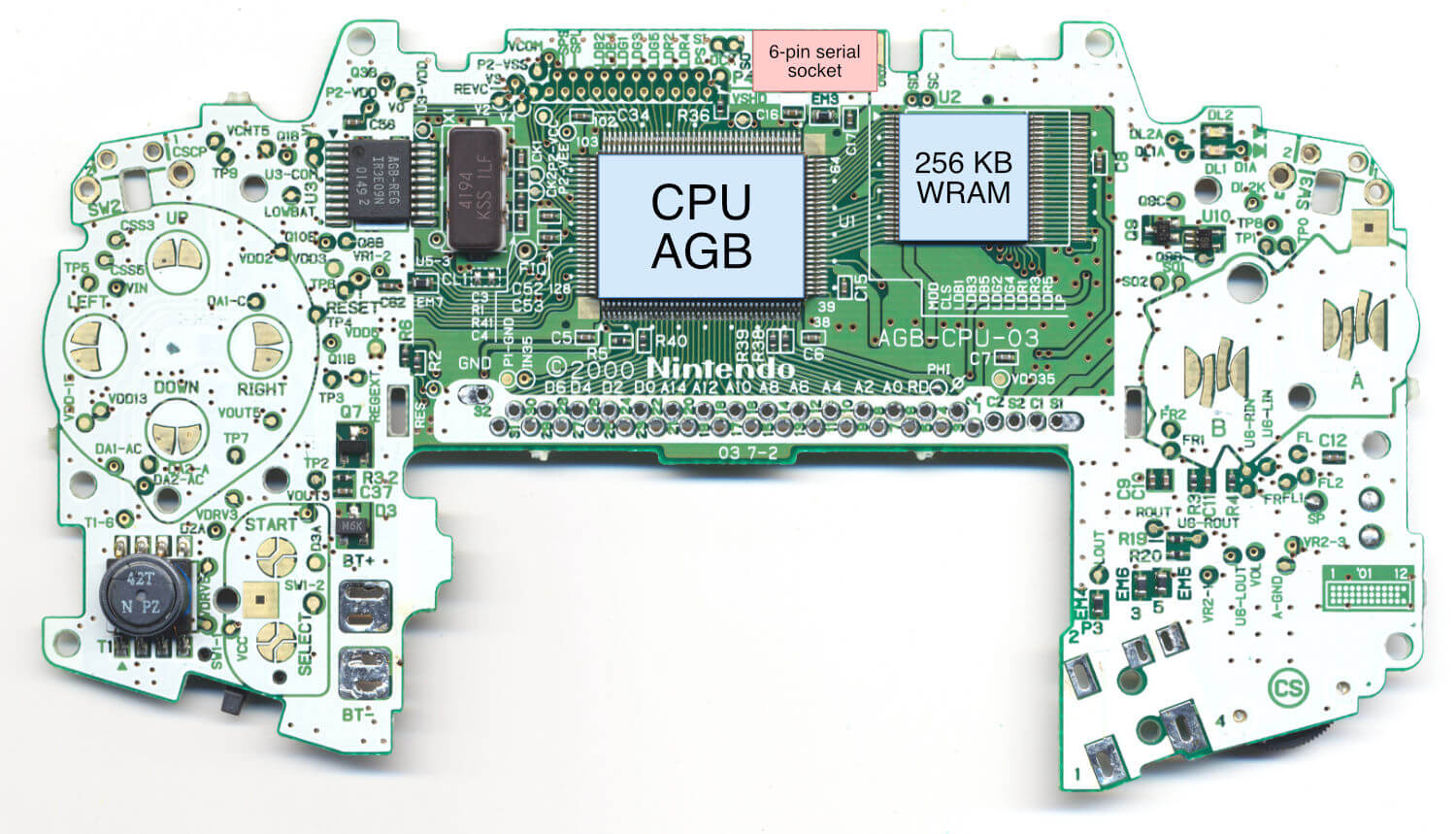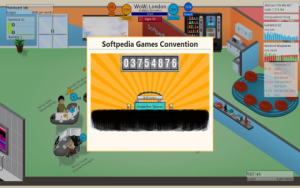game boy advance hardware
I remember it was a sunny afternoon when I first got my hands on a Game Boy Advance. This wasn’t just any handheld; it felt like a major leap from the older Game Boy models I was used to. The design was different, kind of stretched out sideways, and the screen was way bigger and more colorful. I popped in a game, and wow, the graphics were impressive, almost like playing on a Super Nintendo, but I could take this anywhere.
I spent hours exploring what this little device could do. I noticed it had a 2.9-inch screen, which was perfect for all sorts of games. I started with some classic platformers, and the colors just popped, making everything look so vibrant and alive. It was a whole new world compared to the old, greenish screens of the original Game Boy.
One day, I decided to really put the Game Boy Advance to the test. I loaded up a racing game, and the speed and smoothness were incredible. No lag, no stuttering, just pure, smooth gameplay. It was then I realized how powerful this handheld was. It was like having a console-quality experience right in the palm of my hand.
The more I played, the more I appreciated the design. The buttons were laid out perfectly, making it comfortable to play for hours. And it wasn’t just me; all my friends were getting into it too. We’d link up our GBAs and have multiplayer battles, which was a blast. The Game Boy Advance wasn’t just a gaming device; it was a social experience.
Diving into the Tech Specs
I got curious about what made this thing tick, so I did some digging. I found out that the Game Boy Advance was released in 2001, and it was a big deal because it was so much more advanced than anything else at the time. Here’s what I discovered:

- Screen: A 2.9-inch TFT color LCD that could display a resolution of 240×160 pixels. This was a huge step up from the old Game Boy’s monochrome display.
- CPU: It had a 32-bit ARM7TDMI processor running at 16.8 MHz. This was the heart of the GBA, making it powerful enough to handle detailed graphics and complex games.
- Memory: It packed 256 KB of external WRAM and 32 KB of internal WRAM, plus 96 KB of VRAM for graphics. This meant games could have more detailed environments and smoother animations.
- Power: It ran on two AA batteries, which was super convenient. I could get hours of gameplay, and swapping batteries was a breeze.
Learning about the specs made me appreciate the Game Boy Advance even more. It was clear that a lot of thought and engineering went into making this handheld console. It wasn’t just a toy; it was a sophisticated piece of technology that brought console-quality gaming to a portable format.
In the end, the Game Boy Advance became more than just a gaming device for me. It was a companion that brought countless hours of joy and a gateway to a whole new world of portable gaming. It showed me that technology could be both powerful and accessible, and it set the stage for the handheld gaming revolution that followed. This little gadget was a game-changer, and I’ll always remember it fondly.







